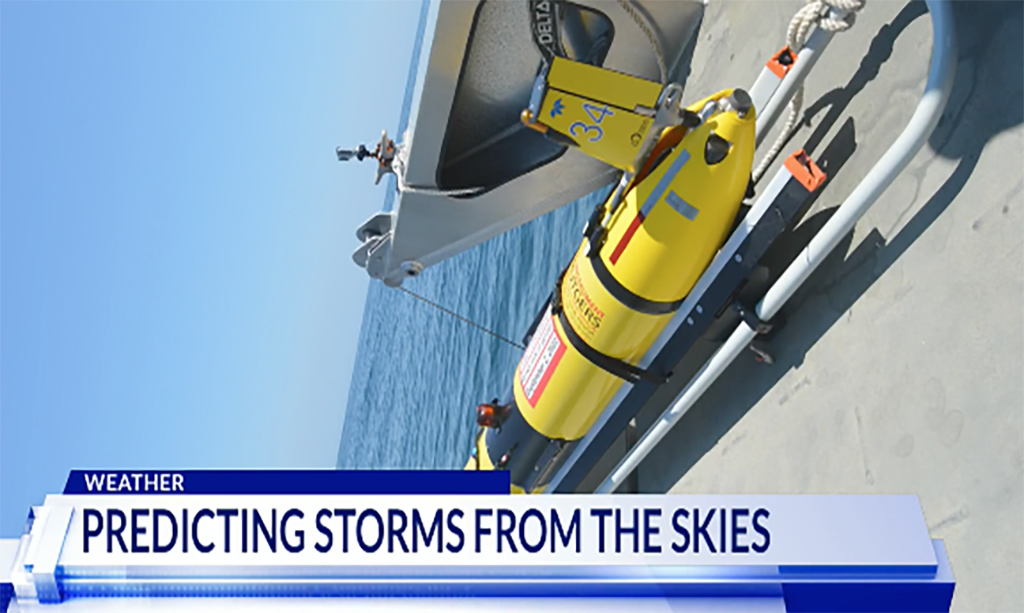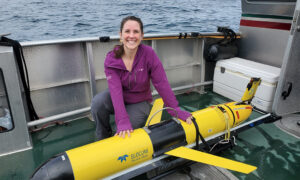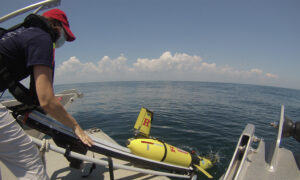So have you ever wondered how meteorologists and weather forecasters predicted major storms weeks in advance? Well, ocean gliders that were originally used to help research ocean animals are now helping predict major storms.
A group of professors at Rutgers University teamed up with workers at Orsted to help develop technology that will help determine weather patterns during hurricane season. Ocean gliders are used to help facilitate ocean modeling and storm forecasting these gliders, not only provide research about ocean animals but also measure sea temperatures is important when forecasting tropical storms.
DC News Now sat down with a few members of the team to learn more about how this will change the way forecasters predict storms.
“I was doing a mission. We said, well, let’s keep it out there. It doesn’t get seasick. You know, it’s going to collect data like we haven’t seen it and it really fundamentally changed the way that we look at the coupling between the ocean and the atmosphere. In the model,” Travis Miles, an Assistant Professor, with the Center for Ocean Observing Leadership at Rutgers University said.
“Our main goal with them is to get improve our understanding of the intensity of hurricanes. So basically, the ocean is a heat engine,” Josh Kohut, a professor of Marine and Coastal Sciences, at Rutgers University mentioned.
The company Ørsted decided to make its data public, submitting it to the NOAA’s Integrated Ocean Observing System and the Global Telecommunications System to support ocean modeling and storm forecasting.
Original article at DC News Now




